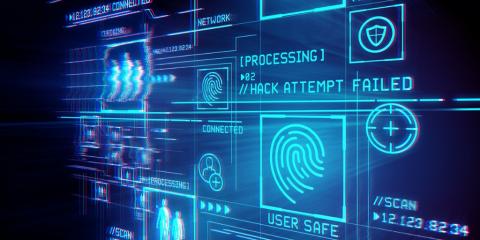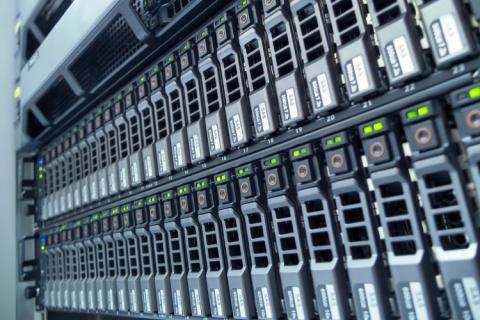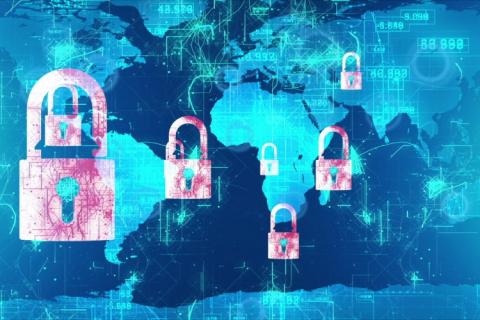6 Steps for Establishing and Maintaining Digital Integrity
To create a secure digital profile, organizations need digital integrity. This principle encapsulates two things. First, it upholds the integrity of files that store operating system and application binaries, configuration data, logs and other crucial information. Second, it protects system integrity to make sure applications, endpoints and networks perform their intended functions without degradation or impairment.









